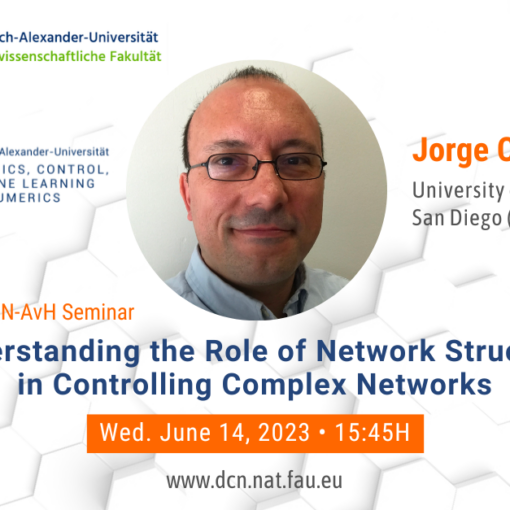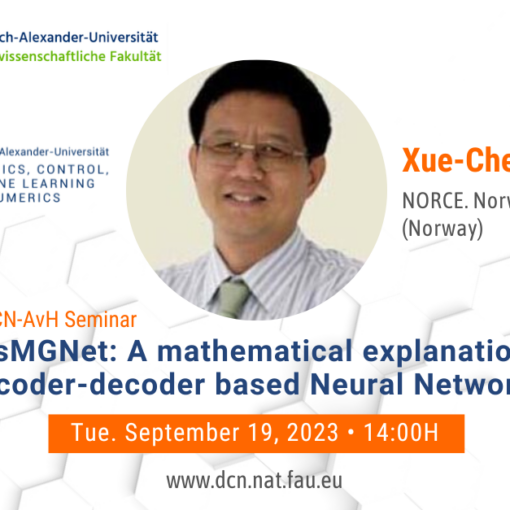Date: Fri. October 2, 2020
Organized by: FAU DCN-AvH, Chair for Dynamics, Control and Numerics – Alexander von Humboldt Professorship at FAU Erlangen-Nürnberg
Title: A Multistage Mosquito-Centred-Mathematical Model for Malaria which accounts for Mosquito Gonotrophic Cycle Contributions
Speaker: Dr. Miranda Teboh-Ewungkem
Affiliation: Lehigh University (USA)
Abstract. We develop and analyze a mathematical model that describes the dynamics of female Anopheles sp mosquito populations. The model, which accounts for a characterization of the female mosquito population’s gonotrophic cycles, is used to investigate how gonotrophic cycles impact the quantification of basic thresholds such as the basic offspring number and the disease reproduction number. A by-product of the gonotrophic cycle count is the implicit embedding of the incubation period of the disease within the mosquito population in the modelling framework. The general model is analyzed and measurable indices linked to invasion, mosquito population persistence and extinction, such as the basic offspring number, are identified and computed. Measurable indices also linked to the malaria disease transmissibility potential, such as the basic reproduction number and the existence of an endemic equilibrium are also identified and computed. Model results show a dependence of the size of the reproduction number and size of disease endemic equilibrium on the size of the basic offspring number, as well as on the number of gonotrophic cycles that each adult vector can complete in its entire reproductive life. Additionally, newly emerged mosquitoes that are infected with the malaria parasite during their first blood meal play an important and strong role in the malaria disease dynamics. Moreover, mosquitoes at later gonotrophic cycle stages also impact the dynamics but their contributions to the total mosquito population size decreases with increasing number of gonotrophic cycles. The size of the contribution into the young mosquito population is also dependent on the length of the gonotrophic cycles, an important bionomic parameter, as well as on how the mosquitoes at the final gonotrophic cycles are incorporated into the modelling scheme.
-
Slides
(soon)
Recording/Video:
_
Don’t miss out our Upcoming events!





